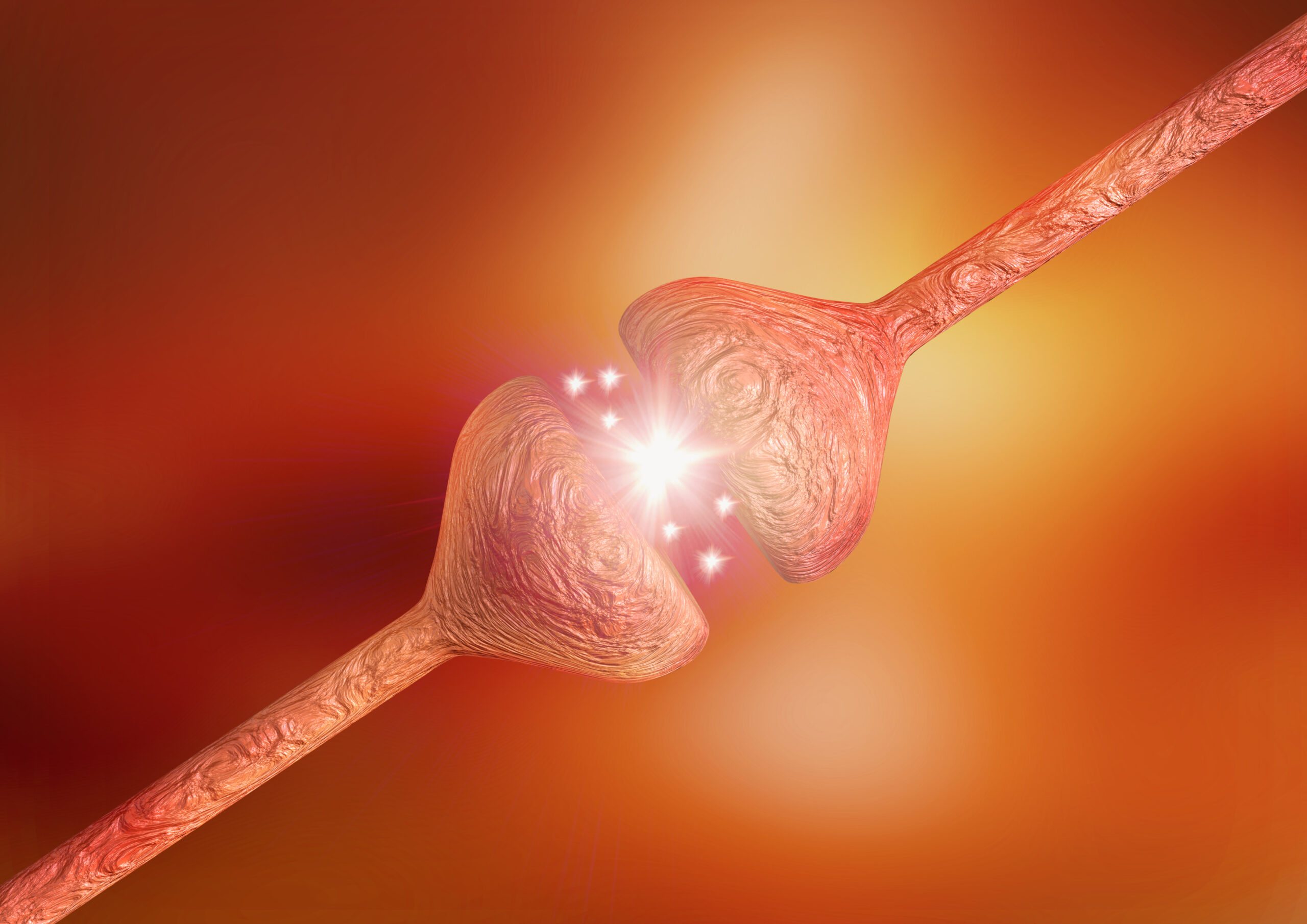Quantitative MRI and Its Role in Dementia Research
Quantitative MRI and Its Role in Dementia Research
Dementia, a condition characterized by memory loss and cognitive decline, affects millions worldwide. Alzheimer’s disease is the most common form of dementia, and early diagnosis is crucial for managing its progression. One of the key tools in diagnosing and understanding dementia is quantitative Magnetic Resonance Imaging (MRI). This technology provides detailed measurements of brain structures, helping researchers and clinicians assess the extent of brain changes associated with dementia.
### How Quantitative MRI Works
Quantitative MRI uses advanced software to analyze images from MRI scans. It measures the volume of specific brain structures, such as the hippocampus and lateral ventricles, which are critical in evaluating memory loss. For instance, NeuroQuant, a software cleared by the FDA, provides brain structure volumetrics to assist in diagnosing neurodegenerative diseases like Alzheimer’s. It helps pinpoint areas of concern by removing the subjectivity often associated with traditional MRI interpretations.
### Role in Dementia Research
In dementia research, quantitative MRI plays a vital role in several ways:
1. **Early Diagnosis**: By accurately measuring brain structure volumes, quantitative MRI can help identify dementia in its early stages. This allows for timely interventions that may slow disease progression.
2. **Monitoring Progression**: Regular use of quantitative MRI can track changes in brain structures over time, providing valuable insights into how dementia progresses.
3. **Research and Development**: The data from quantitative MRI studies contribute to a better understanding of dementia’s underlying mechanisms. This knowledge is essential for developing new treatments and improving existing ones.
### Other Imaging Techniques
While quantitative MRI is a powerful tool, other imaging techniques like functional MRI (fMRI) and Arterial Spin Labeling (ASL) MRI also contribute significantly to dementia research. fMRI helps study brain activity and function, while ASL MRI measures blood flow to different brain regions, which can be altered in dementia.
### Future Directions
As technology advances, the role of quantitative MRI in dementia research is expected to grow. New AI models are being developed to analyze MRI scans more effectively, potentially leading to better diagnosis and treatment strategies. These advancements hold promise for improving the lives of those affected by dementia and their caregivers.





